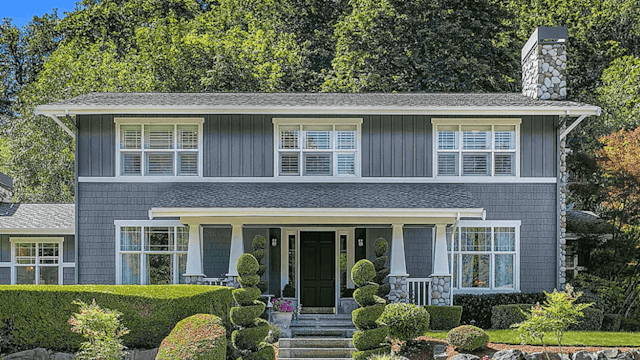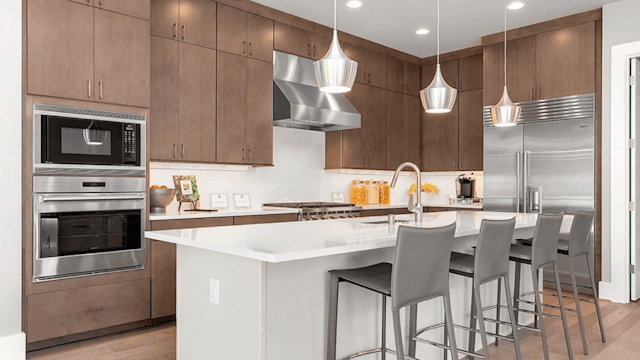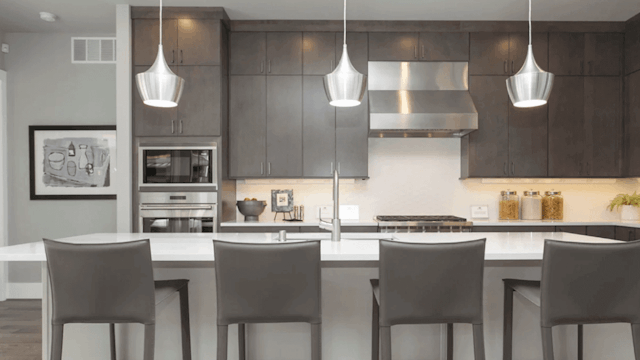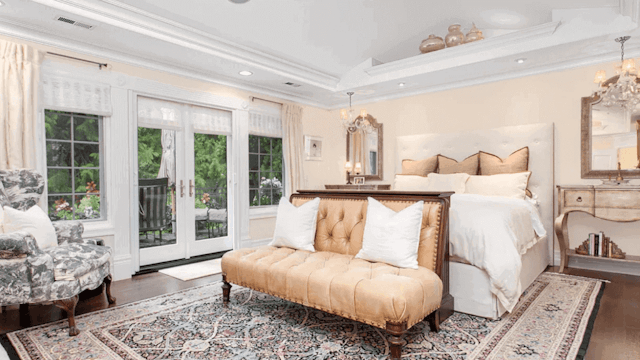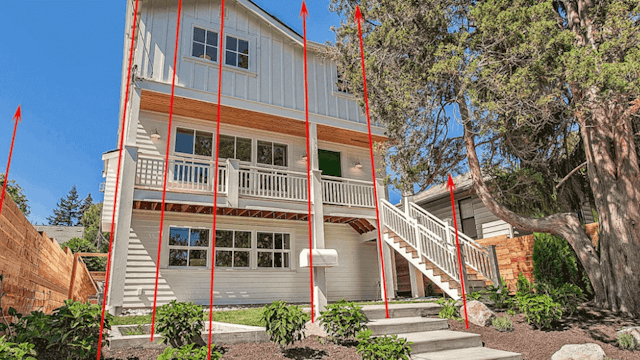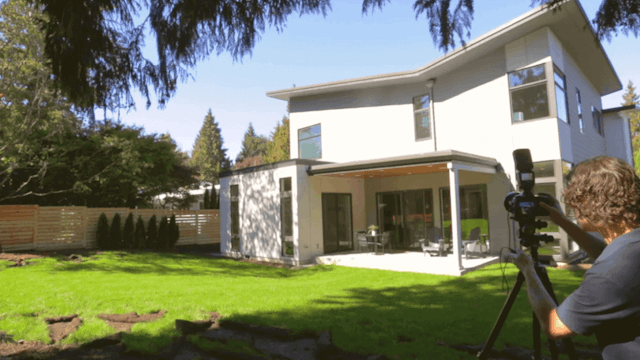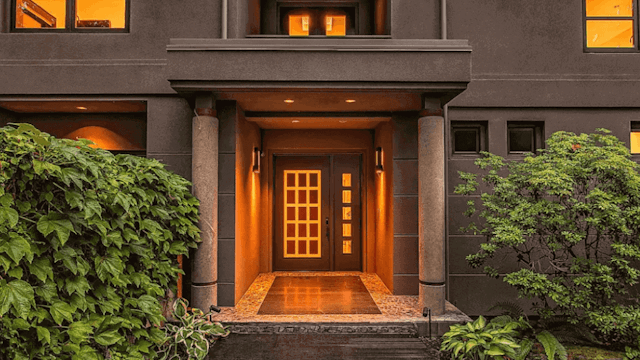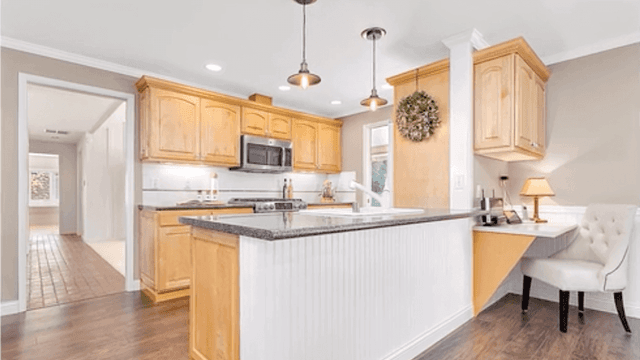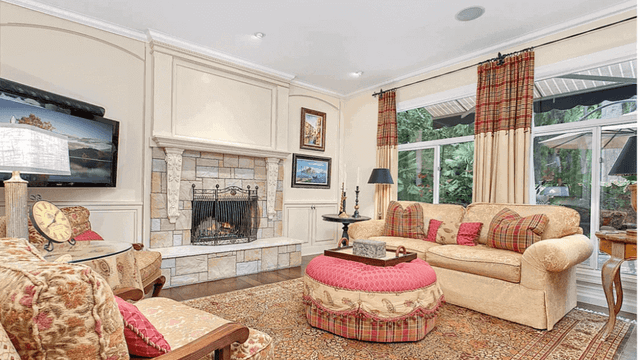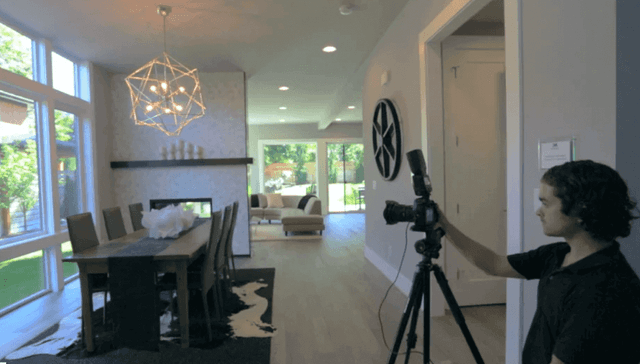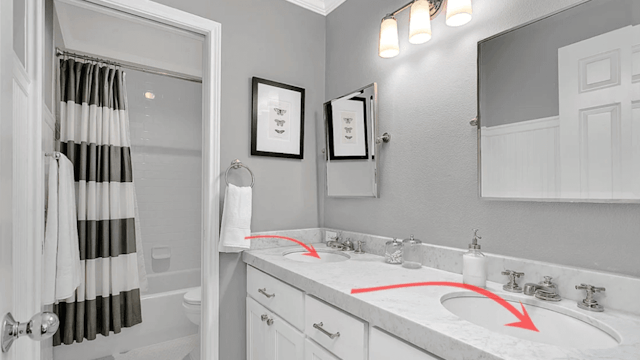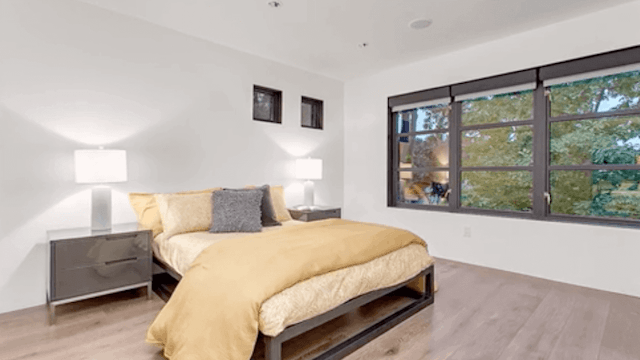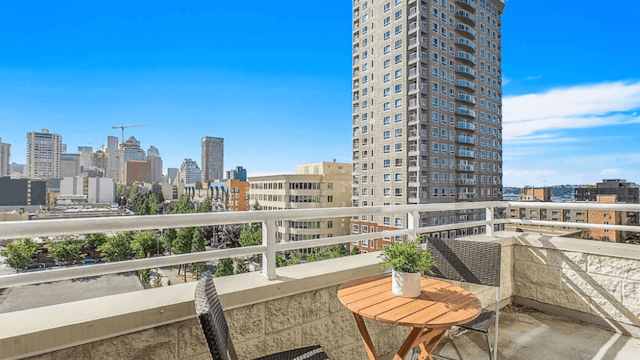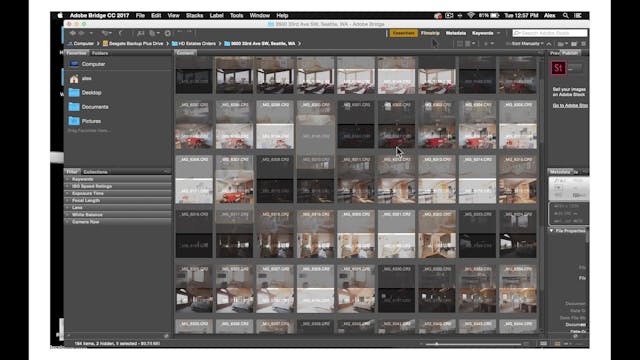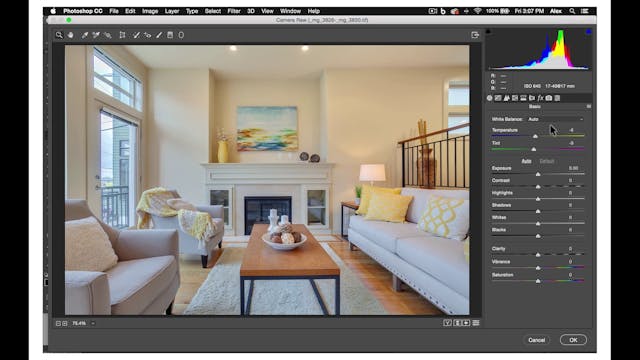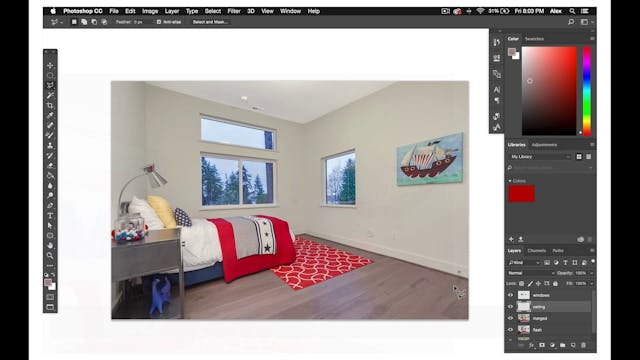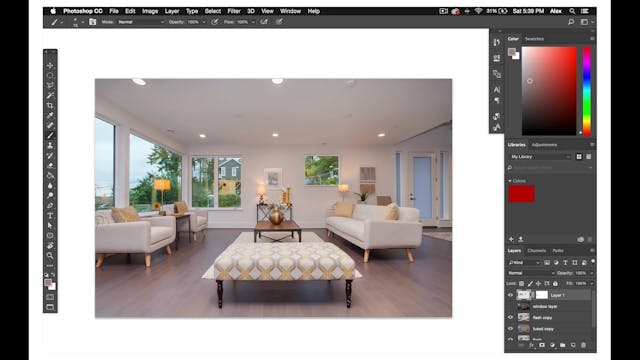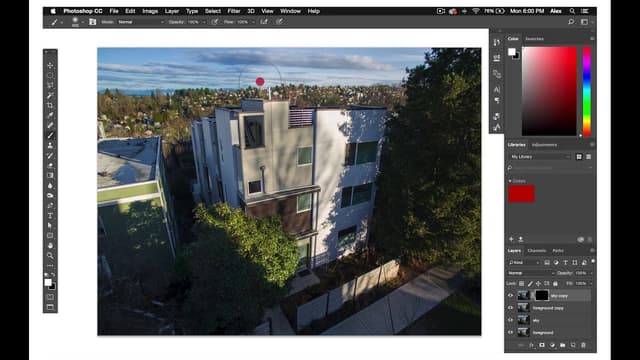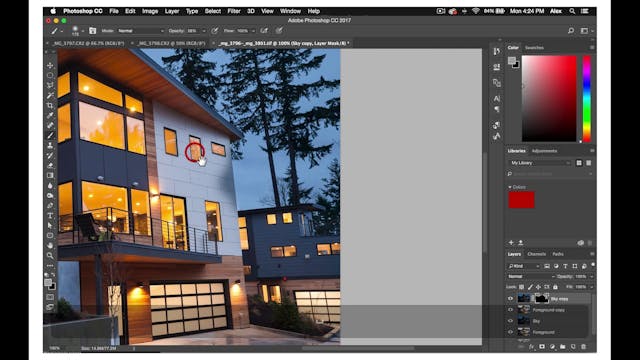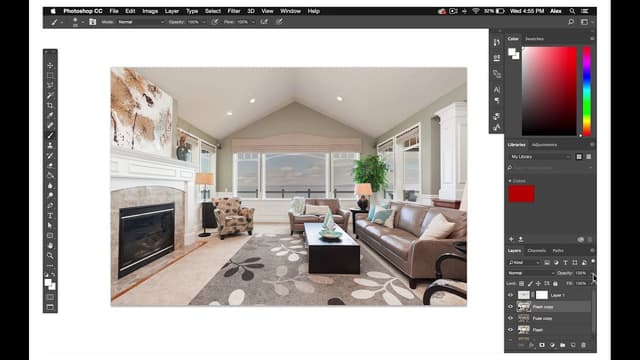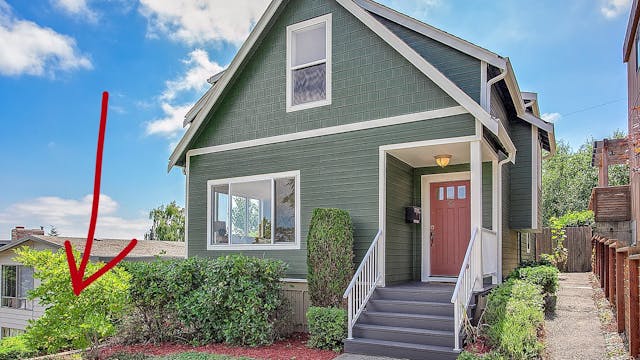For our first editor tutorial, we will talk about the basics of a good interior Real Estate Photograph. These are qualities that you will try to achieve in any interior photograph that you're editing.
First, your photograph should be well exposed and bright. Nobody likes looking at dark and sad photos, so make sure they are nice and bright. However, we also want to avoid blown-out highlights, such as this one.
We also want to avoid deep, dark shadows where all the information in the shadow has been eliminated, such as this one.
Also, view through the windows should be well exposed, high in contrast, and vibrant, such as these views. This is especially true of window views with trees or landscapes.
If there is a house outside the window, though, it's best to leave it lower in contrast, so you don't draw too much attention to it.
Another important aspect of a good photo is proper and consistent white balancing and temperature.
Obviously, we want the elements of the house, the walls, the furniture, and the appliances to be their true colors.
This means limiting color casting from interior lights and exterior light coming into the home through the windows.
More on color casting and how to eliminate it in later tutorials.
Good contrast is another important consideration. Good contrast means that the darker elements the photo stays dark and rich while you brighten up the walls and other brighter elements of the photo. Here are some examples of good contrast.
Also, you want the elements of the photograph that are colorful to be vibrant and the correct temperature. Especially for wood floors, and walls, and big colorful furniture and decorative items.
Lastly, and this may be the most important thing to consider, make sure the photographs look real and convincing.
You will be editing the original real estate photographs quite a bit, and if you're not careful with your edits, you can make the end product looks fake and unrealistic.
Even though we want the photograph looking very bright, vibrant, and contrasted. You don't want the photo to look unrealistic by overcoloring, overexposing, or oversaturating it.
Here are some examples of photos that have been over-edited.
Now, here are some photos that are properly edited.
First, your photograph should be well exposed and bright. Nobody likes looking at dark and sad photos, so make sure they are nice and bright. However, we also want to avoid blown-out highlights, such as this one.
We also want to avoid deep, dark shadows where all the information in the shadow has been eliminated, such as this one.
Also, view through the windows should be well exposed, high in contrast, and vibrant, such as these views. This is especially true of window views with trees or landscapes.
If there is a house outside the window, though, it's best to leave it lower in contrast, so you don't draw too much attention to it.
Another important aspect of a good photo is proper and consistent white balancing and temperature.
Obviously, we want the elements of the house, the walls, the furniture, and the appliances to be their true colors.
This means limiting color casting from interior lights and exterior light coming into the home through the windows.
More on color casting and how to eliminate it in later tutorials.
Good contrast is another important consideration. Good contrast means that the darker elements the photo stays dark and rich while you brighten up the walls and other brighter elements of the photo. Here are some examples of good contrast.
Also, you want the elements of the photograph that are colorful to be vibrant and the correct temperature. Especially for wood floors, and walls, and big colorful furniture and decorative items.
Lastly, and this may be the most important thing to consider, make sure the photographs look real and convincing.
You will be editing the original real estate photographs quite a bit, and if you're not careful with your edits, you can make the end product looks fake and unrealistic.
Even though we want the photograph looking very bright, vibrant, and contrasted. You don't want the photo to look unrealistic by overcoloring, overexposing, or oversaturating it.
Here are some examples of photos that have been over-edited.
Now, here are some photos that are properly edited.
